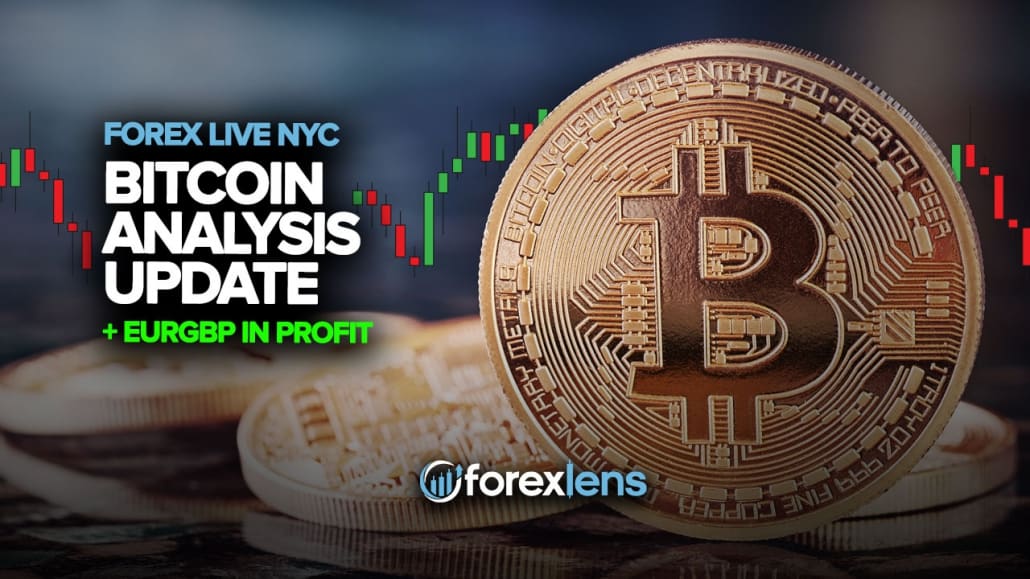
You might be a little unsure of how to start trading. Here are some basic concepts: Spreads spreads currency pairs futures markets. Once you understand these basics, you can begin trading and making money today! You can also watch these videos. We also explain leverage, as well as how to make money with no financial background. These videos are a great starting point for beginners!
Leverage
Using leverage in forex trading is a strategy in which a trader can borrow up to 100 times their capital, or more. Traders who use leverage can earn thousands of pounds for every $100 they risk. This type of trading allows them to take advantage of small movements in the market to make huge profits. However, leverage can be dangerous if it turns out to work against you. This article describes how to leverage forex trading.
Leverage can be used to increase one's profits. While it is a great thing when the market favors traders, it can lead to a disastrous trade if it loses. Due to the high fees associated with leverage, traders tend not to use all their account value as margin. They can trade up ten times with $400 of capital.

Spreads
Forex spreads fluctuate based on supply and demand and risk factors for market makers. They typically increase in periods of low activity and decrease in periods of high activity. The New York and London sessions overlap, with some exceptions. Spreads at their lowest are generally seen in the latter. Forex trading can be practiced with virtual funds or a demo account before you go on to live trading. Access to exclusive features such chart forums, real-time data and market data will be available in a live trading account.
Remember that economic data has an effect on spreads. You can adjust your spreads to reflect economic news and trends, even though no one can foresee them. Scalping, which involves trading short-term trades to capture 5-10 pips per trade, is a popular strategy. Spreads in forex trading can fluctuate depending on the news. Most scalpers aim to trade for five to fifteen minutes and earn between 5 and 10 pip per trade.
Currency pairs
Currency pairs are the most important aspect of forex trading. These pairs are based on the major currencies of different countries. These pairs are free-floating, and they fluctuate in accordance with the main market forces - demand and supply. If there is high demand for a currency, the price of that currency will rise. The opposite will happen if the currency is in shortage.
Forex trading currency pairs works the same as other trading activities. These currency pairs allow for simultaneous purchases and sales of two currencies. The rule of thumb for each currency pair is the following: You could, for example, buy Danish krone in Russian rubles and then sell it when its value increases. It is important to predict the behavior of the currency pair in order for you to trade successfully. It is possible to track financial news across the globe and spot trends in currency pairings.

Futures markets
A currency trader purchases a contract to buy or sale that currency. They will then receive the underlying currency. These contracts are physically settled and trade every day, Monday through Friday. There is a one-hour stoppage between 5:00 PM EST and 6:00 PM EST. Futures contracts come in three varieties: index, micro and equity. Index futures have become increasingly popular.
There are many advantages to trading futures. First, they provide an excellent way to diversify one's investment portfolio. Futures can be used to capitalize on upcoming market events. These contracts offer direct access into specific asset classes. They can be used as a hedge by traders who buy and sell them depending on the direction of the market. They also allow traders to trade in both bullish or bearish positions without any additional margin, as they have the same margin requirements for short and long positions.
FAQ
How do I invest in the stock market?
Brokers are able to help you buy and sell securities. A broker can sell or buy securities for you. Brokerage commissions are charged when you trade securities.
Banks typically charge higher fees for brokers. Banks will often offer higher rates, as they don’t make money selling securities.
An account must be opened with a broker or bank if you plan to invest in stock.
A broker will inform you of the cost to purchase or sell securities. The size of each transaction will determine how much he charges.
Ask your broker about:
-
To trade, you must first deposit a minimum amount
-
What additional fees might apply if your position is closed before expiration?
-
What happens if you lose more that $5,000 in a single day?
-
How long can positions be held without tax?
-
How you can borrow against a portfolio
-
whether you can transfer funds between accounts
-
How long it takes to settle transactions
-
How to sell or purchase securities the most effectively
-
How to Avoid Fraud
-
How to get help if needed
-
Can you stop trading at any point?
-
What trades must you report to the government
-
Whether you are required to file reports with SEC
-
What records are required for transactions
-
Whether you are required by the SEC to register
-
What is registration?
-
What does it mean for me?
-
Who is required to register?
-
When do I need to register?
What's the role of the Securities and Exchange Commission (SEC)?
SEC regulates brokerage-dealers, securities exchanges, investment firms, and any other entities involved with the distribution of securities. It enforces federal securities regulations.
Are bonds tradeable
Yes they are. They can be traded on the same exchanges as shares. They have been doing so for many decades.
The difference between them is the fact that you cannot buy a bonds directly from the issuer. They can only be bought through a broker.
This makes buying bonds easier because there are fewer intermediaries involved. This means that you will have to find someone who is willing to buy your bond.
There are several types of bonds. Different bonds pay different interest rates.
Some pay quarterly interest, while others pay annual interest. These differences make it easy to compare bonds against each other.
Bonds are great for investing. For example, if you invest PS10,000 in a savings account, you would earn 0.75% interest per year. The same amount could be invested in a 10-year government bonds to earn 12.5% interest each year.
If you were to put all of these investments into a portfolio, then the total return over ten years would be higher using the bond investment.
What's the difference between marketable and non-marketable securities?
The main differences are that non-marketable securities have less liquidity, lower trading volumes, and higher transaction costs. Marketable securities can be traded on exchanges. They have more liquidity and trade volume. You also get better price discovery since they trade all the time. However, there are some exceptions to the rule. There are exceptions to this rule, such as mutual funds that are only available for institutional investors and do not trade on public exchanges.
Marketable securities are less risky than those that are not marketable. They are generally lower yielding and require higher initial capital deposits. Marketable securities can be more secure and simpler to deal with than those that are not marketable.
A large corporation may have a better chance of repaying a bond than one issued to a small company. The reason is that the former is likely to have a strong balance sheet while the latter may not.
Because of the potential for higher portfolio returns, investors prefer to own marketable securities.
What is a Mutual Fund?
Mutual funds consist of pools of money investing in securities. Mutual funds provide diversification, so all types of investments can be represented in the pool. This helps reduce risk.
Professional managers are responsible for managing mutual funds. They also make sure that the fund's investments are made correctly. Some funds permit investors to manage the portfolios they own.
Mutual funds are often preferred over individual stocks as they are easier to comprehend and less risky.
Statistics
- For instance, an individual or entity that owns 100,000 shares of a company with one million outstanding shares would have a 10% ownership stake. (investopedia.com)
- Ratchet down that 10% if you don't yet have a healthy emergency fund and 10% to 15% of your income funneled into a retirement savings account. (nerdwallet.com)
- "If all of your money's in one stock, you could potentially lose 50% of it overnight," Moore says. (nerdwallet.com)
- Our focus on Main Street investors reflects the fact that American households own $38 trillion worth of equities, more than 59 percent of the U.S. equity market either directly or indirectly through mutual funds, retirement accounts, and other investments. (sec.gov)
External Links
How To
How to create a trading plan
A trading plan helps you manage your money effectively. It helps you understand your financial situation and goals.
Before creating a trading plan, it is important to consider your goals. You may wish to save money, earn interest, or spend less. If you're saving money, you might decide to invest in shares or bonds. You could save some interest or purchase a home if you are earning it. You might also want to save money by going on vacation or buying yourself something nice.
Once you have a clear idea of what you want with your money, it's time to determine how much you need to start. This depends on where your home is and whether you have loans or other debts. It's also important to think about how much you make every week or month. Your income is the net amount of money you make after paying taxes.
Next, make sure you have enough cash to cover your expenses. These include rent, food and travel costs. All these things add up to your total monthly expenditure.
Finally, you'll need to figure out how much you have left over at the end of the month. That's your net disposable income.
You're now able to determine how to spend your money the most efficiently.
To get started with a basic trading strategy, you can download one from the Internet. You can also ask an expert in investing to help you build one.
Here's an example of a simple Excel spreadsheet that you can open in Microsoft Excel.
This shows all your income and spending so far. Notice that it includes your current bank balance and investment portfolio.
Here's an additional example. A financial planner has designed this one.
It shows you how to calculate the amount of risk you can afford to take.
Remember: don't try to predict the future. Instead, you should be focusing on how to use your money today.